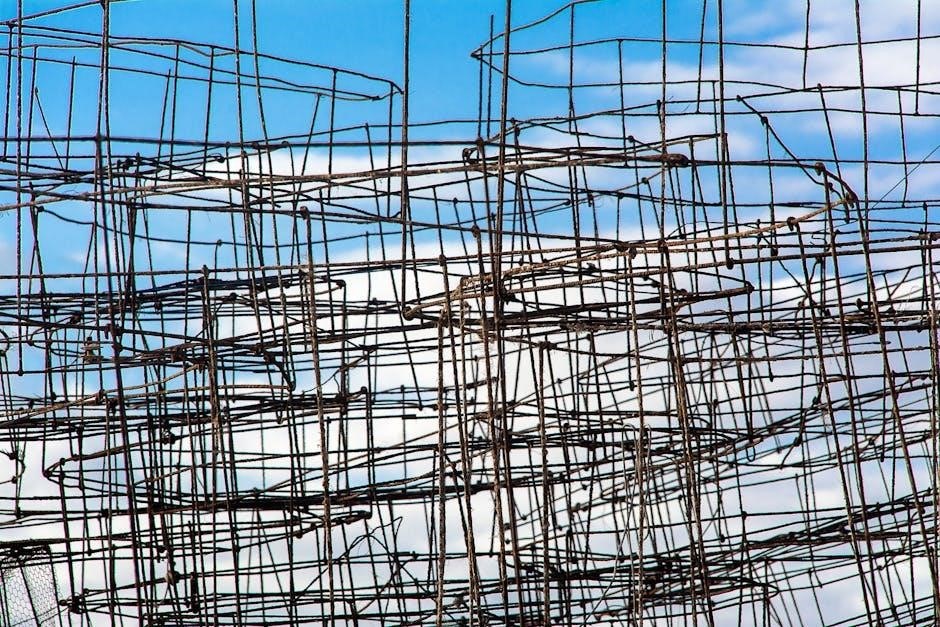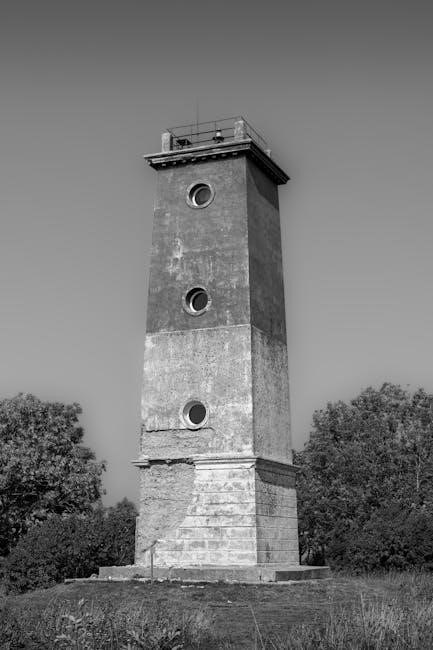
cedar shake installation guide
Learn how to install cedar shake roofs with our expert guide, tips, and tricks for a beautiful finish
Cedar shake installation requires careful planning and execution, using techniques and materials to ensure a successful outcome, with a focus on quality and attention to detail always․
What is Cedar Shake Roofing
Cedar shake roofing is a type of roofing material made from cedar wood, known for its durability and resistance to weathering․ The Cedar Shake and Shingle Bureau provides guidelines for installation and maintenance․ Cedar shake roofing offers a unique aesthetic appeal, with a natural, rustic look that can enhance the appearance of a home․ It is also a sustainable option, as cedar is a renewable resource․ Cedar shake roofing is available in different styles and grades, allowing homeowners to choose the best option for their needs․ The benefits of cedar shake roofing include its ability to withstand harsh weather conditions, its energy efficiency, and its low maintenance requirements․ With proper installation and care, cedar shake roofing can last for many years, providing a reliable and attractive roofing solution for homeowners․ Overall, cedar shake roofing is a popular choice for those seeking a durable and visually appealing roofing option․
Types of Cedar Shakes

There are several types of cedar shakes available, each with its own unique characteristics and benefits․ Cedar shakes can be categorized by their grade, with premium grades offering a more uniform appearance and higher quality․ They can also be classified by their thickness, with thicker shakes providing added durability and insulation․ Additionally, cedar shakes can be hand-split or machine-made, with hand-split shakes offering a more rustic and traditional look․ Some cedar shakes are also treated with preservatives or coatings to enhance their resistance to weathering and pests․ The type of cedar shake used can affect the overall appearance and performance of the roof, making it important to choose the right type for the specific needs of the project․ Cedar shakes can be made from western red cedar or eastern white cedar, each with its own distinct properties and advantages․ The variety of cedar shake types allows homeowners to select the best option for their roofing needs․

Preparing for Installation
Preparation involves assessing the roof deck and ensuring it is secure and level, using proper
techniques
to guarantee a successful installation process always begins․
Choosing the Right Cedar Shakes
To choose the right cedar shakes, consider the grade, quality, and type of shake, as well as the climate and weather conditions of the area, using resources like the Cedar Shake and Shingle Bureau․
The CSSB provides manuals for sidewall and roof installations, which are invaluable resources for understanding the different types of cedar shakes and their characteristics․
When selecting cedar shakes, it is essential to look for shakes that are durable, resistant to rot and insect damage, and able to withstand harsh weather conditions․
The label on the bundle of shakes or shingles provides crucial information about the product, including its grade, quality, and installation requirements․
By carefully evaluating these factors, homeowners can select the right cedar shakes for their roof, ensuring a successful installation and a long-lasting, beautiful roof․
The process of choosing the right cedar shakes requires attention to detail and a thorough understanding of the different types of shakes available, as well as their advantages and disadvantages․
Ultimately, the right cedar shakes will depend on the specific needs and preferences of the homeowner, as well as the local building codes and regulations․
Essential Tools and Materials
The installation of cedar shakes requires a range of essential tools and materials, including a hammer, tape measure, square, and roofing nails․
A chalk line and straightedge are also necessary for ensuring accurate and straight lines․
In addition to these tools, a variety of materials are needed, such as underlayment, flashing, and roofing felt․
The quality of these materials is crucial to the success of the installation, and homeowners should select products that are durable and resistant to weathering․
A ladder or scaffolding is also necessary for accessing the roof, and safety equipment such as a harness and rope may be required for steep or complex roofs․
The Cedar Shake and Shingle Bureau provides guidance on the essential tools and materials needed for cedar shake installation, and homeowners can also consult with professional contractors for advice․
By having the right tools and materials, homeowners can ensure a successful and safe installation of their cedar shake roof․
The selection of tools and materials is a critical step in the installation process, and homeowners should take the time to research and select the best products for their needs․

Installation Process
Installation involves several key steps, including preparation, using
specific
techniques and materials always correctly․
6 Steps for Cedar Shake Installation
The installation process can be broken down into several key steps, starting with preparing the roof deck and ensuring it is clean and dry․
The next step involves installing the underlayment, which helps to prevent water damage and provides an additional layer of protection․
Then, the cedar shakes are installed, starting from the bottom and working up, with each course overlapping the one below it․
The shakes are typically installed in a staggered pattern to provide additional strength and stability․
The fifth step involves installing the ridge cap, which helps to seal the roof and prevent water from entering․
Finally, the installation is completed by adding any final details, such as trimming and sealing the edges, to ensure a secure and weather-tight seal, using specific techniques and materials always correctly․
Step-by-Step Instructions
To ensure a successful installation, it is essential to follow a detailed set of instructions, starting with measuring and marking the roof deck to determine the correct spacing and alignment of the cedar shakes․
The installation process involves a series of precise steps, including cutting and fitting the shakes around vents, chimneys, and other obstructions․
Each shake must be carefully aligned and secured to the roof deck using a combination of nails and staples․
The use of a chalk line and a level can help to ensure accurate placement and a straight course․
It is also crucial to maintain a consistent gap between the shakes to allow for expansion and contraction․
By following these step-by-step instructions, homeowners and contractors can achieve a professional-looking installation that meets the highest standards of quality and durability, with attention to detail and a focus on craftsmanship always․

Maintenance and Common Mistakes
Regular inspections and repairs are necessary to prevent damage, using proper techniques always․
Maintenance Tips for Cedar Shake Roofs
To ensure the longevity of cedar shake roofs, regular maintenance is crucial, and this involves inspecting the roof for damaged or missing shakes, and repairing or replacing them as needed, using proper techniques and materials․
The Cedar Shake and Shingle Bureau provides guidelines for maintenance, including inspecting the roof at least once a year, and after severe weather conditions, to identify any potential issues early on․
Additionally, keeping the roof clear of debris, such as leaves and branches, can help prevent damage and maintain the roof’s appearance, and using a soft-bristled brush or a low-pressure wash to clean the roof can also help remove dirt and grime․
It is also important to check the roof’s flashing and chimneys for any signs of damage or wear, and to repair or replace them as needed, to prevent water from entering the building․
By following these maintenance tips, homeowners can help extend the life of their cedar shake roof and keep it looking its best, and regular maintenance can also help prevent common mistakes, such as neglecting to inspect the roof regularly, or using improper repair techniques․
Regular maintenance can also help identify potential issues early on, allowing homeowners to address them before they become major problems, and this can help save time and money in the long run, and ensure the roof continues to provide protection and durability for years to come․